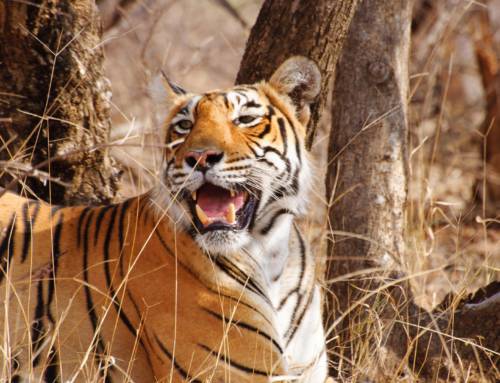Authors: Shweta Shivakumar and Krithika Sampath
Summary:
- This study assigns an economic value to cost incurred by people due to wildlife related livestock depredation, crop loss, human injury and death in India.
- For the households that faced conflict, the cost of human injury or death due to wildlife is far greater than crop or livestock loss.
- The costs of human-wildlife conflict vary across the 11 wildlife reserves, with the highest costs being experienced by respondents around Nagarahole national park.
- The valuation of wildlife-related damages varies by the animal involved in the incident. For example, the cost of damages due to elephants was 600-900 times higher than the costs incurred due to pigs.
- The authors highlight the inadequacy of ex-gratia compensation payments received by people. They recommend that valuing for wildlife related damages based on the location of conflict and species in question, could help estimate the true costs of conflict.
In India, thousands of people live around India’s wildlife reserves and experience conflict in the form of crop and property damage, livestock predation, and human injury and death. It has been estimated that state governments spend ~Rs. 38 Crores ($5 Million) annually to compensate for wildlife-related damages to property and life. The average payment for human death due to wildlife was Rs. 1.91 lakhs ($3,234). This is low compared to other countries such as Kenya ($50,000). So how would one assign an equitable economic value to human life?
In 2021, Dr. Sumeet Gulati from the University of British Columbia and Dr. Krithi Karanth from the Centre for Wildlife Studies calculated the mean cost of damages caused by 15 Indian wildlife species. The study published in the prestigious journal Proceedings of the National Academy of Sciences of the United States of America (PNAS), is based on 5,196 surveys of households adjacent to 11 wildlife reserves in India. These households reported facing damages due to wildlife they live with, in the form of (1) livestock loss or crop loss (2) human injury and (3) human death. Building on research conducted on road accidents and the health impacts of climate change, this study uses the Value of Statistical Life (VSL), a tool used by economists to place a numerical value on human life.
The study found that the cost of human-wildlife conflict for a family depended on the animal in question. For instance, the cost of damages due to the tiger was 100 times higher than the cost incurred due to wolves. Similarly, the probability of a conflict incident resulting in death or injury varied for different wildlife species. For example, if a person experienced conflict with a bear 100 times, the study found that ~60 of those incidents led to human injury. On the contrary, only ~25 out of every 100 conflict incidents with elephants resulted in human injury.
The authors also found that the number of conflict incidents (deaths and injuries) varied by state, thus affecting the cost of damages incurred per household. Elephant-related deaths were valued much higher in Nagarahole national park (mean cost $373) than in Kali tiger reserve (mean cost $102).
These findings are significant for improving ex-gratia compensation payments made to people experiencing wildlife related damages. Amounts paid by the Government currently varies from Rs 76,535 ($1,046) in Haryana to RS 8,74,958 ($11,956) in Maharashtra for human deaths resulting from wildlife conflict incidents. However, the approach used in this study estimates the value of a human life at Rs. 2.2 Crores (USD 312,663). The current valuation for human life could be improved taking into consideration the species causing the damage and the location of incidence occurrence. This paper heralds a new path for multidisciplinary research on the economics of human deaths and injuries due to wildlife in India and the world.
Original Article: Gulati, S., Karanth, K. K., Anh Le, N., Noack, F. (2021) Human casualties are the dominant cost of human–wildlife conflict in India. Proceedings of the National Academy of Sciences of the United States of America. 118 (8) e1921338118.
You can find the link to the research article here.



